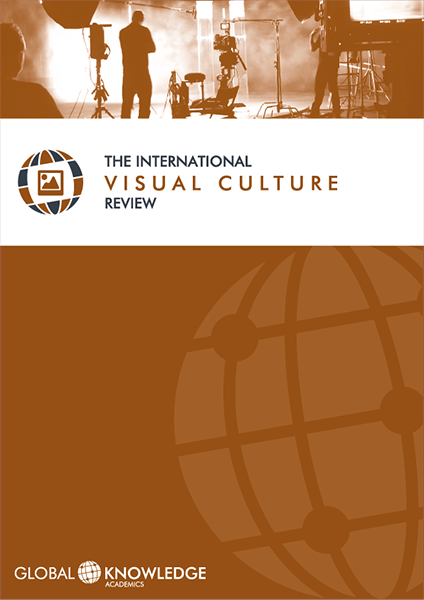Changing Perception of Beauty in India
DOI:
https://doi.org/10.37467/gka-visualrev.v1.1729Keywords:
Perception, Perfection, Stereotypes, Appearance, TransformationAbstract
What do we perceive as beautiful and why? Is it a reflection of the social scenarios, economic backgrounds or perhaps our history that influences us?
The paper investigates and analyses the reasons for the stereotypical perceptions of beauty and discusses the slow but evident transformation that is taking place in our country. With access to the world via social media there is an interesting emergence that seems to have gained momentum in the last decade. This instantaneous and uninterrupted access to all forms of media has left one either trapped in the hope to achieve superficial perfection or towards a sense of liberation. There is enough evidence that the hurried homogenized half-digested content being offered has led to an overwhelming obsession with one’s appearance. Feeding on the insecurities has benefited many organizations and individuals.
Downloads
Global Statistics ℹ️
|
1023
Views
|
8742
Downloads
|
|
9765
Total
|
|
Downloads
Published
How to Cite
Issue
Section
License
Those authors who publish in this journal accept the following terms:
-
Authors retain copyright.
-
Authors transfer to the journal the right of first publication. The journal also owns the publishing rights.
-
All published contents are governed by an Attribution-NoDerivatives 4.0 International License.
Access the informative version and legal text of the license. By virtue of this, third parties are allowed to use what is published as long as they mention the authorship of the work and the first publication in this journal. If you transform the material, you may not distribute the modified work. -
Authors may make other independent and additional contractual arrangements for non-exclusive distribution of the version of the article published in this journal (e.g., inclusion in an institutional repository or publication in a book) as long as they clearly indicate that the work was first published in this journal.
- Authors are allowed and recommended to publish their work on the Internet (for example on institutional and personal websites), following the publication of, and referencing the journal, as this could lead to constructive exchanges and a more extensive and quick circulation of published works (see The Effect of Open Access).













